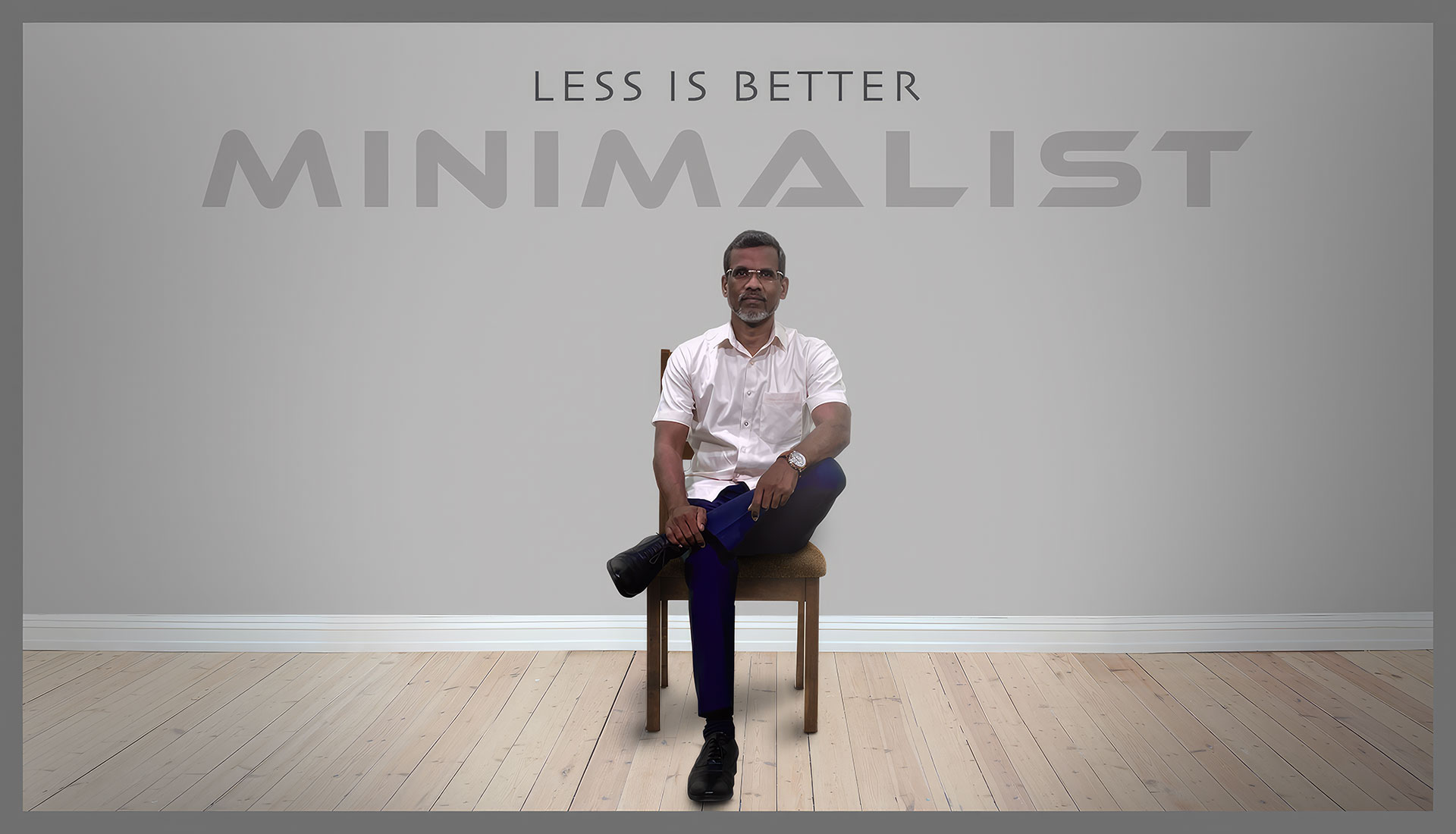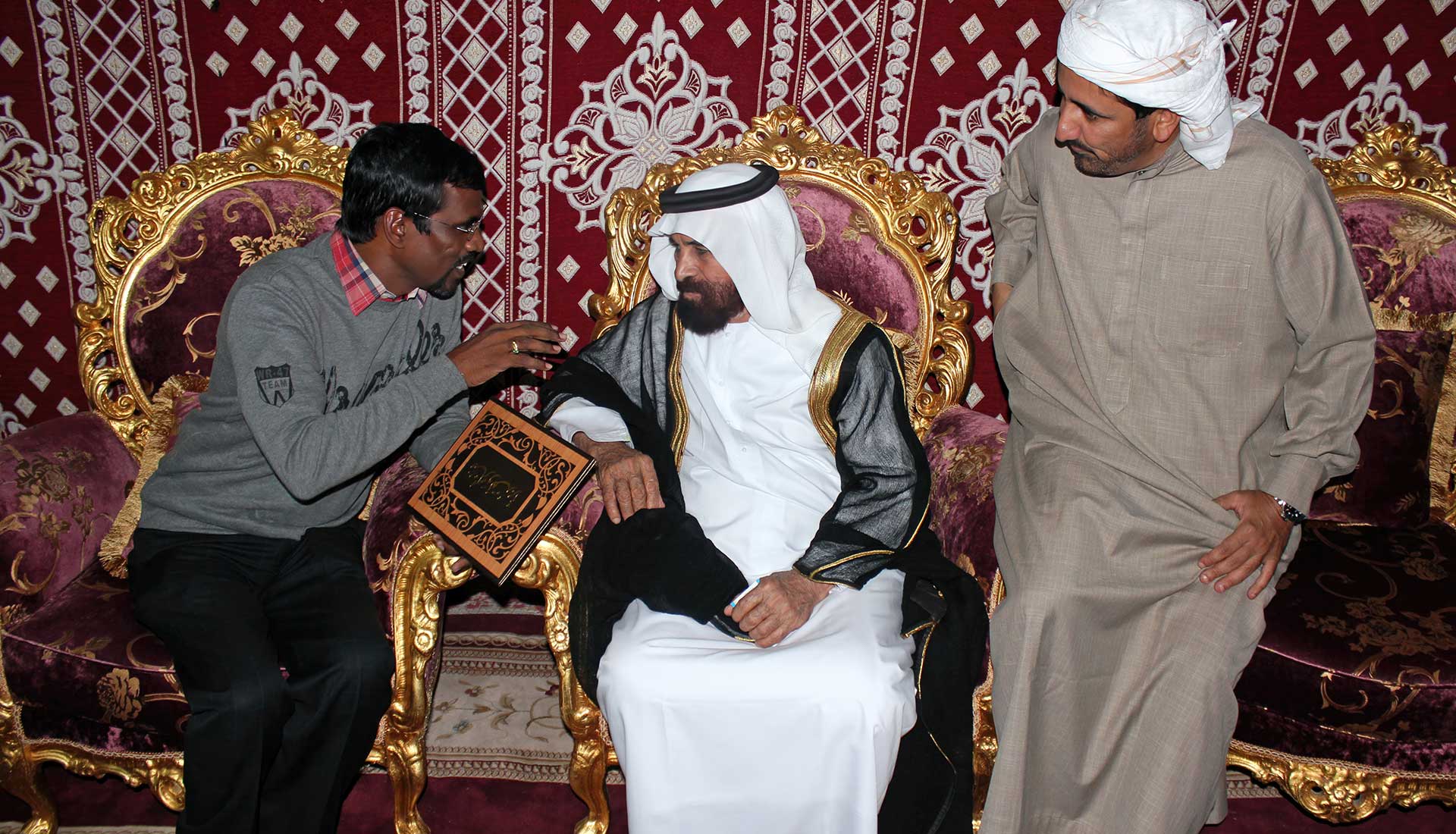MY FASCINATION WITH FILMS AND TECHNOLOGY
I was always fascinated with films. And I always loved technology. I have been in the technology field for the past twenty years. When I saw the new virtual production technologies taking shape, I decided I should bring these technologies to Indian filmmakers. For this, my friend, Mr. Ravikanth Veerepalli, and I founded the company Virtualone. It became the pioneer in Virtual Production in India. After experimenting with the technology for five years, I am now venturing into actually making feature films using these technologies. With this one aim of making a lot of films using technology, I started the company SHAPING DREAMS MEDIA. I am now ready for India’s first virtual feature film that will be made completely within a studio.

FUTURE OF FILMMAKING
No unfriendly locations, no sets to be built, no travel, no transportation. Everything is within one studio. Yes. Virtual Production is already being used in Hollywood and India is fast catching up. Virtualone started this revolution and many studios and now coming up to cater to the new bread of filmmakers. You dream it – we can create it.
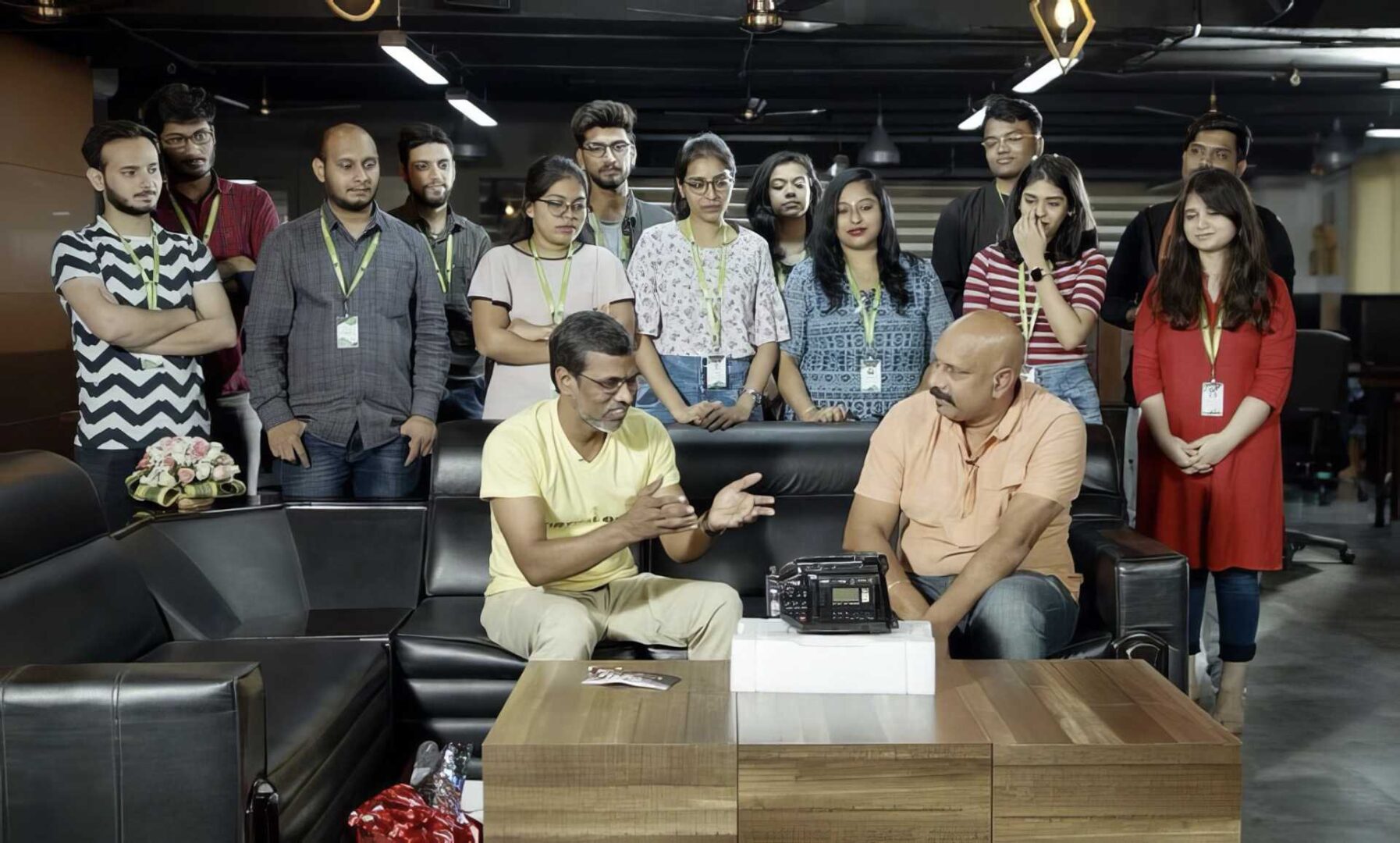
VIRTUALONE – Pioneer in virtual production.
Virtual production has emerged as a transformative force in the world of filmmaking, revolutionizing traditional workflows and opening up new frontiers for creativity. This cutting-edge technology combines real-time computer graphics with physical environments, allowing filmmakers to create immersive and realistic scenes without the need for extensive post-production work. The advancements in virtual production have been driven by a convergence of technologies, including real-time rendering, virtual reality (VR), augmented reality (AR), and advanced camera tracking systems. This article explores the key advancements in virtual production and their impact on the filmmaking industry.
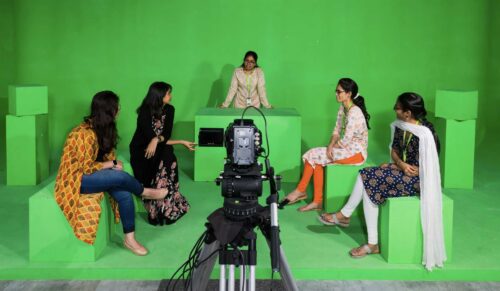
A virtual production in action.
- Real-Time Rendering:
One of the fundamental pillars of virtual production is real-time rendering. Traditional filmmaking often required time-consuming post-production processes to integrate visual effects seamlessly. With real-time rendering, filmmakers can see the final result on set, enabling them to make instant creative decisions. This advancement has not only accelerated the production timeline but has also empowered directors and cinematographers with greater control over the visual elements of their films.
- LED Walls and Virtual Sets:
The introduction of LED walls has been a game-changer in virtual production. Instead of shooting against a green screen and replacing the background in post-production, filmmakers can now project virtual environments onto large LED walls. These screens display high-resolution images in real-time, allowing actors and crew to interact with the virtual surroundings. This not only enhances the authenticity of performances but also reduces the need for extensive location shoots.

World’s firsr 12K cinema cameras used.
- Virtual Cameras and Motion Tracking:
Virtual production relies heavily on advanced camera tracking systems. These systems enable the virtual camera to move in sync with the physical camera, creating a seamless integration of live-action footage with virtual elements. Motion tracking technology has evolved to the point where even handheld cameras can be used in virtual production, providing filmmakers with unprecedented flexibility and creative freedom.
- Virtual Reality (VR) and Augmented Reality (AR):
The integration of VR and AR technologies has expanded the possibilities of virtual production. VR allows filmmakers to step into a virtual world, visualizing scenes and making real-time adjustments. AR, on the other hand, overlays virtual elements onto the real-world environment, enhancing the interaction between actors and digital elements. These technologies bridge the gap between the physical and virtual realms, fostering a more immersive and collaborative filmmaking process.
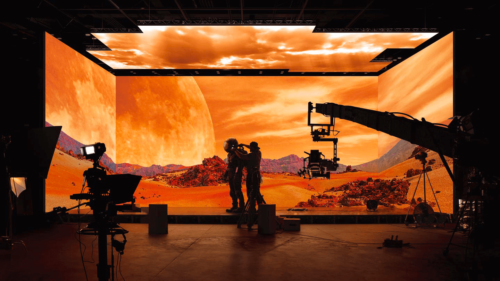
LED walled virtual production
5. Improved Pre-Visualization:
Virtual production has also transformed the pre-visualization process. Filmmakers can now create detailed virtual sets and scenes before production begins, allowing for more precise planning and coordination. This not only streamlines the filmmaking process but also facilitates better communication among the creative team, ensuring a shared vision for the final product.
- Cost Efficiency and Sustainability:
While the initial investment in virtual production technology can be significant, the long-term benefits include cost savings and increased sustainability. Virtual sets reduce the need for extensive physical constructions and on-location shoots, minimizing the environmental impact of filmmaking. Additionally, the ability to visualize and make creative decisions in real-time can lead to more efficient use of resources during production.
The advancements in virtual production have ushered in a new era of filmmaking, where the boundaries between the physical and virtual worlds are increasingly blurred. Filmmakers now have access to tools that offer greater creative control, efficiency, and sustainability. As technology continues to evolve, the impact of virtual production on storytelling and visual aesthetics in cinema is likely to deepen, shaping the future of the film industry in ways we are only beginning to comprehend.
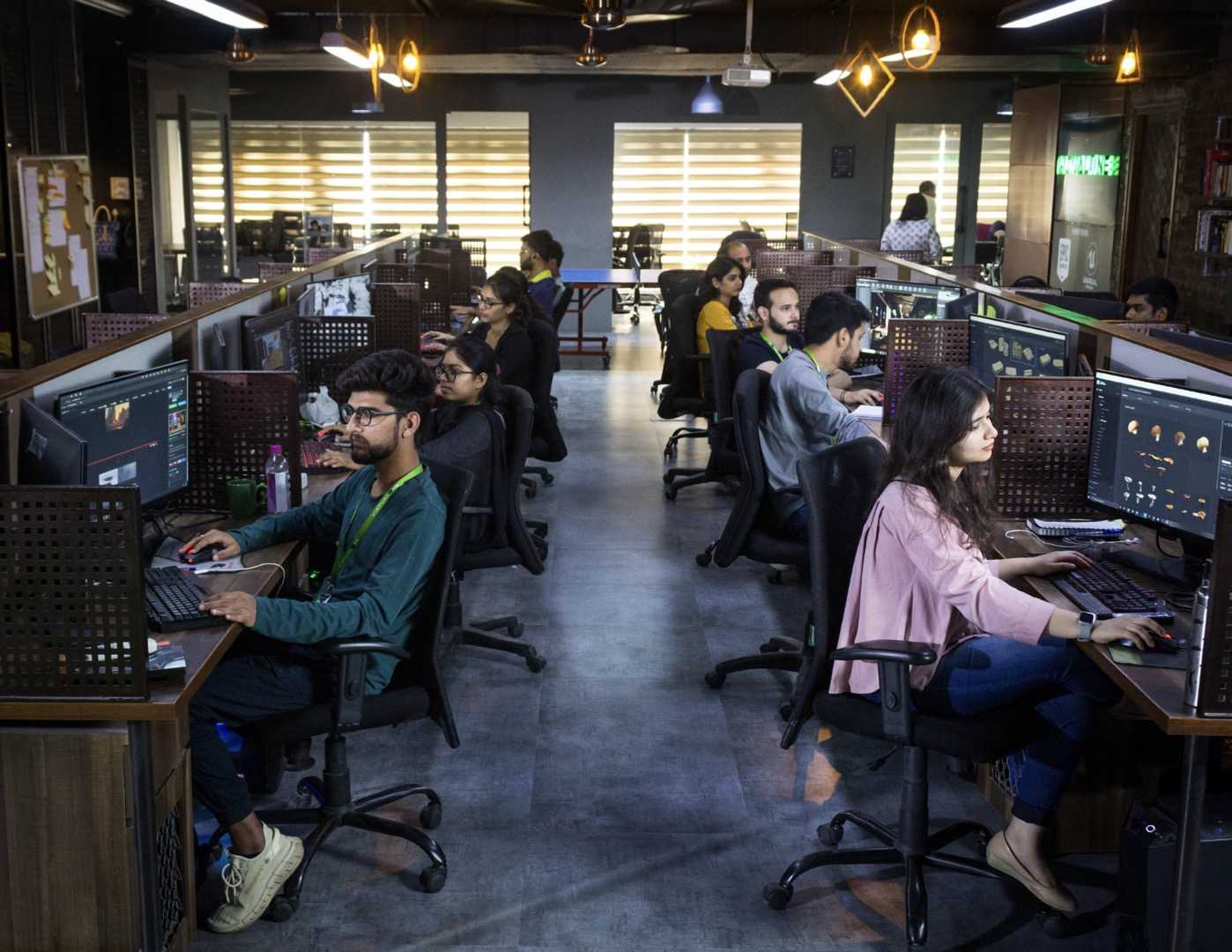
This requires a large team of highly skilled professionals and creative people to make this happen.
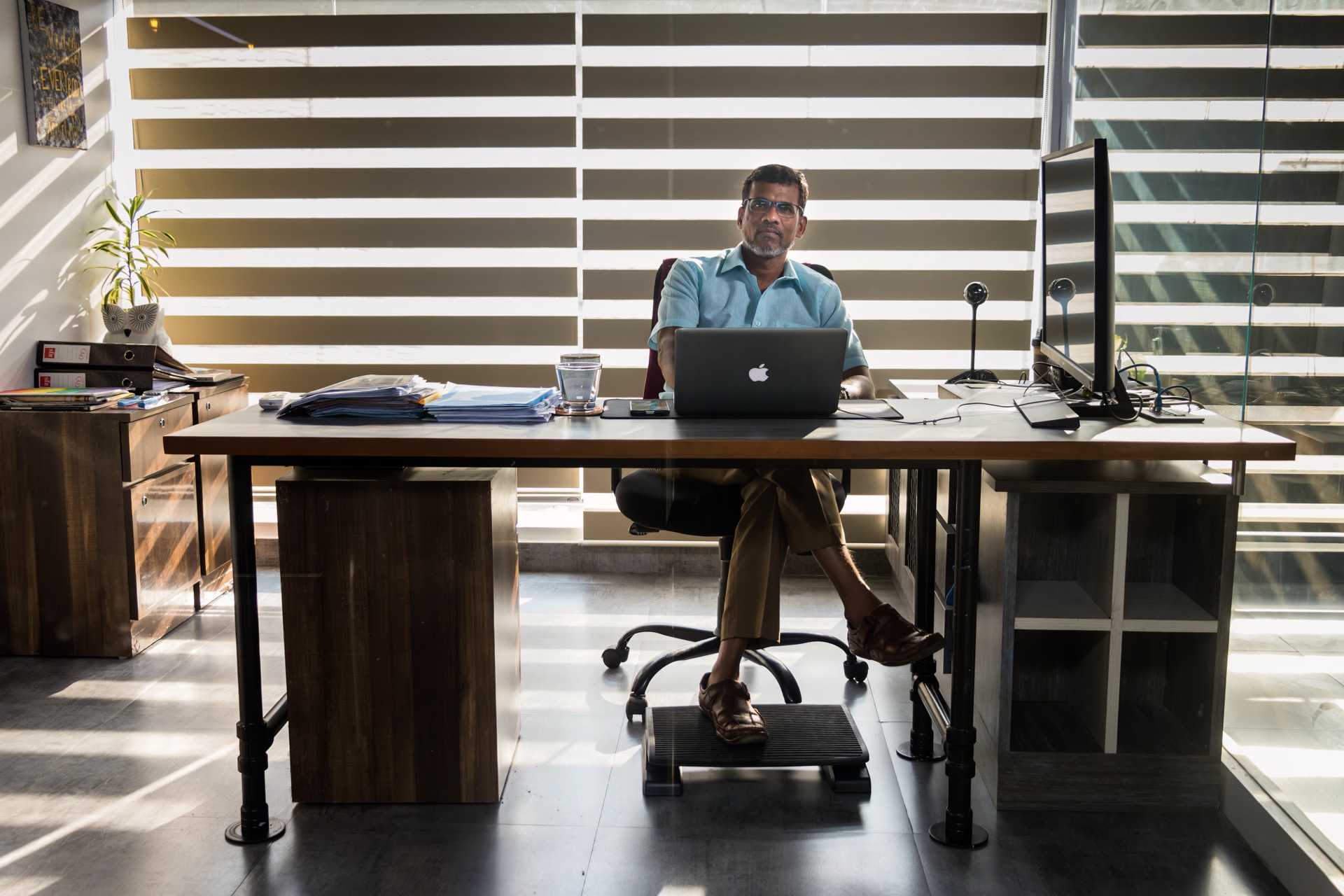
Bharadwaj Dayala leading the technology revolution.
